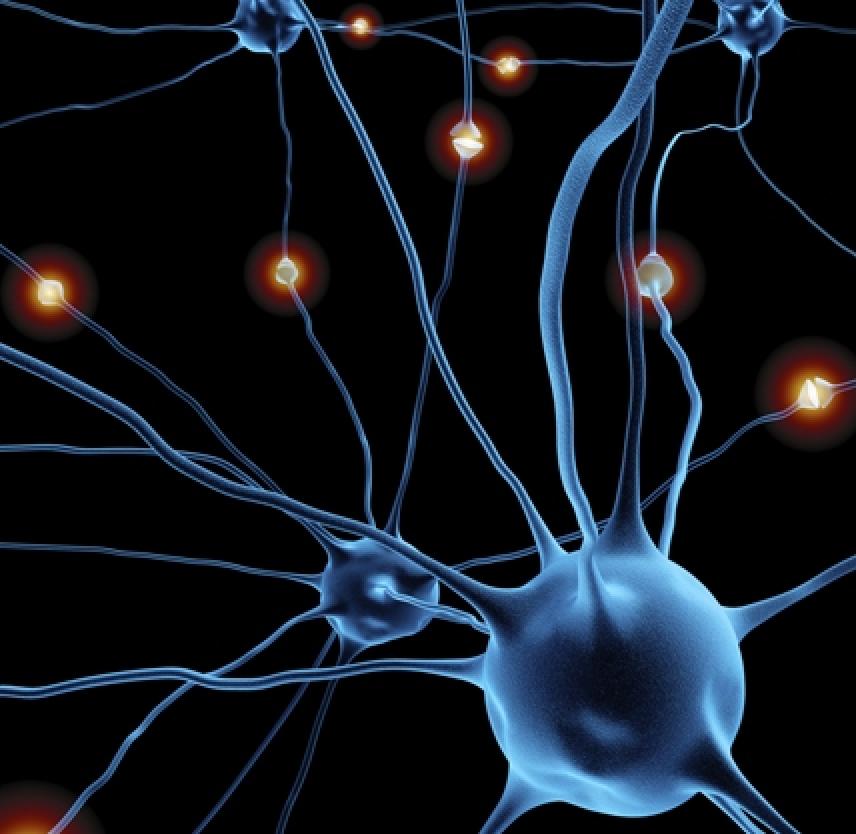
A traumatic brain injury interferes with the way the brain normally works. When nerve cells in the brain are damaged, they can no longer send information to each other in the normal way. This causes changes in the person’s behavior and abilities. The injury may cause different problems, depending upon which parts of the brain were damaged most.
There are three general types of problems that can happen after TBI: physical, cognitive and emotional/ behavioral problems. It is impossible to tell early on which specific problems a person will have after a TBI. Problems typically improve as the person recovers, but this may take weeks or months. With some severe injuries changes can take many years.
Structure and function of the brain
The brain is the control center for all human activity, including vital processes (breathing and moving) as well as thinking, judgment, and emotional reactions. Understanding how different parts of the brain work helps us understand how injury affects a person’s abilities and behaviors.
Left vs. Right Brain
- The brain is divided into two halves (hemispheres). The left half controls movement and sensation in the right side of the body, and the right half controls movement and sensation in the left side. Thus, damage to the right side of the brain may cause movement problems or weakness on the body’s left side.
- For most people, the left half of the brain is responsible for verbal and logical functions including language (listening, reading, speaking, and writing), thought and memory involving words.
- The right half is responsible for nonverbal and intuitive functions such as putting bits of information together to make up an entire picture, recognizing oral and visual patterns and designs (music and art), and expressing and understanding emotions.
Brain Areas & Associated Functions
The brain is made up of six parts that can be injured in a head injury. The effect of a brain injury is partially determined by the location of the injury. Sometimes only a single area is affected, but in most cases of TBI multiple areas have been injured. When all areas of the brain are affected, the injury can be very severe.
Click here for the rest of this document.
See More in the Understanding TBI series
Understanding TBI was developed by Thomas Novack, PhD and Tamara Bushnik, PhD in collaboration with the Model System Knowledge Translation Center. Portions of this document were adapted from materials developed by the University of Alabama TBIMS, Baylor Institute for Rehabilitation, New York TBIMS, Mayo Clinic TBIMS, Moss TBIMS, and from Picking up the pieces after TBI: A guide for Family Members, by by Angelle M. Sander, PhD, Baylor College of Medicine (2002). Copyright © 2010 by University of Washington/MSKTC.
Please check the MSKTC site for any recent updates on this article.

Comments (2)
Please remember, we are not able to give medical or legal advice. If you have medical concerns, please consult your doctor. All posted comments are the views and opinions of the poster only.
Anonymous replied on Permalink
The section about Left vs Right brain is interesting because it not only affects the opposite side of the body but it can affect the chemical reactions that ultimately affect both sides of the body: altering blood pressure, and heart rate, and temperature, which has the potential of leading to some serious outcomes.
Anonymous replied on Permalink